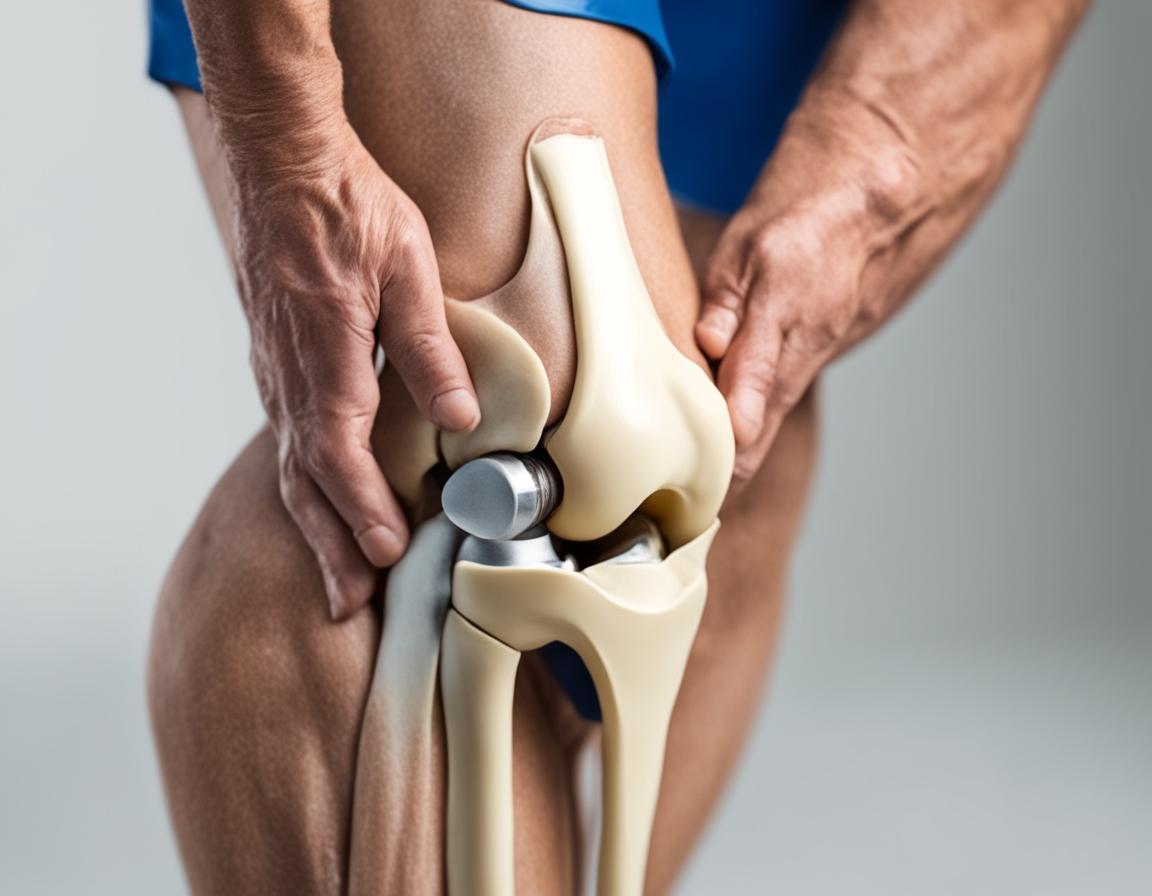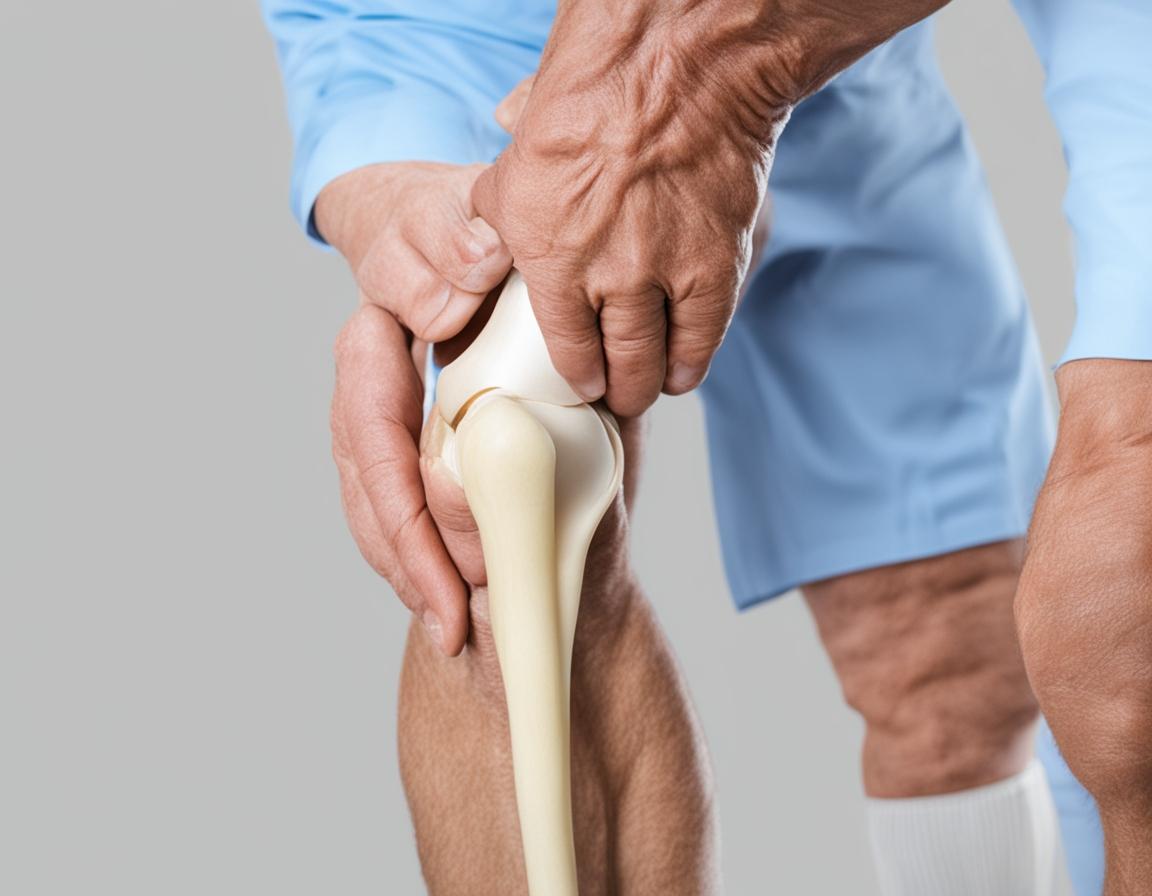
Knee Replacement Surgery: What to Expect Before, During & After
Knee replacement surgery, also known as knee arthroplasty, is a common and highly effective procedure for relieving pain and restoring mobility in individuals with severe knee damage from arthritis, injury, or other conditions. As medical advancements continue, millions of patients worldwide undergo knee replacement for improved quality of life.
If you’re considering knee replacement surgery, understanding the entire journey—from preoperative preparations to the surgical process and postoperative recovery—is key to feeling confident and ready. This comprehensive guide explores what to expect before, during, and after knee replacement surgery in 2025, helping you prepare physically and mentally for the transformative experience.
What Is Knee Replacement Surgery?
Knee replacement surgery involves removing damaged cartilage and bone from the knee joint and replacing it with prosthetic components made of metal, plastic, or ceramic. The goal is to alleviate pain, improve joint function, and enhance mobility.
There are two main types:
-
Total Knee Replacement (TKR): Replaces the entire knee joint.
-
Partial (Unicompartmental) Knee Replacement: Replaces only the damaged compartment.
Before Surgery: Preparing for Knee Replacement
1. Medical Evaluation and Imaging
Comprehensive assessments include physical exams, blood tests, and imaging studies like X-rays, MRI, or CT scans to evaluate the extent of joint damage and plan surgery.
2. Preoperative Education
Many centers offer classes or sessions explaining the surgery, anesthesia options, risks, and what to expect during recovery. This knowledge prepares patients psychologically.
3. Lifestyle Optimization
-
Weight Management: Losing excess weight reduces joint stress.
-
Physical Therapy: Strengthening surrounding muscles improves outcomes.
-
Smoking Cessation: Reduces surgical complications.
-
Medication Review: Adjustments may be made to blood thinners or other drugs.
4. Pre-Surgery Home Preparation
Organize living spaces to be safe and accessible, including removing trip hazards, installing grab bars, and planning for assistance during recovery.
During Surgery: The Knee Replacement Procedure
1. Anesthesia
Surgical options include general anesthesia or spinal/epidural anesthesia, depending on patient health and preferences.
2. Surgical Approach
A 3-6 inch incision is made at the front of the knee. The damaged bone and cartilage are removed, surfaces reshaped, and prosthetic components fixed using cement or press-fit techniques.
3. Technology-Assisted Methods
Robotic-assisted and computer-navigated surgeries enhance precision of implant placement, potentially improving longevity and functional outcomes.
4. Surgery Duration
Typically lasts 1-2 hours, after which the patient is moved to recovery for monitoring.
After Surgery: Recovery and Rehabilitation
1. Hospital Stay
Patients usually remain hospitalized for 2-4 days. Early mobilization with physical therapy begins within 24 hours to promote circulation and joint movement.
2. Pain Management
Multimodal analgesia—including regional blocks, oral meds, and ice therapy—controls postoperative pain effectively.
3. Physical Therapy
Regular physiotherapy is critical for restoring strength, flexibility, and function. A home exercise program complements outpatient rehab.
4. Managing Complications
Watch for signs of infection, blood clots, or implant issues. Prompt communication with healthcare providers is essential.
5. Long-Term Outcomes
Most patients experience significant pain relief and functional improvements within 3 months, with continuing gains up to one year. Knee replacements often last 15-20 years or more.
Tips for a Smooth Knee Replacement Journey
-
Choose orthopedic surgeons with high procedure volumes and excellent outcomes.
-
Follow all pre- and post-operative instructions carefully.
-
Engage family or caregivers for support during early recovery.
-
Stay committed to rehabilitation and lifestyle changes for optimal results.
Conclusion
Knee replacement surgery offers life-changing benefits for individuals suffering from debilitating joint pain and limited mobility. By understanding the preparation required before surgery, what happens during the procedure, and the rehabilitation process thereafter, patients can approach their knee replacement journey with confidence and clarity.
Advancements in surgical technology and recovery protocols have continued to improve outcomes in 2025, making knee replacement an increasingly accessible and successful option for restoring an active, pain-free lifestyle.
Planning meticulously, selecting experienced care teams, and committing fully to rehabilitation are keys to achieving the best possible results from knee replacement surgery.










